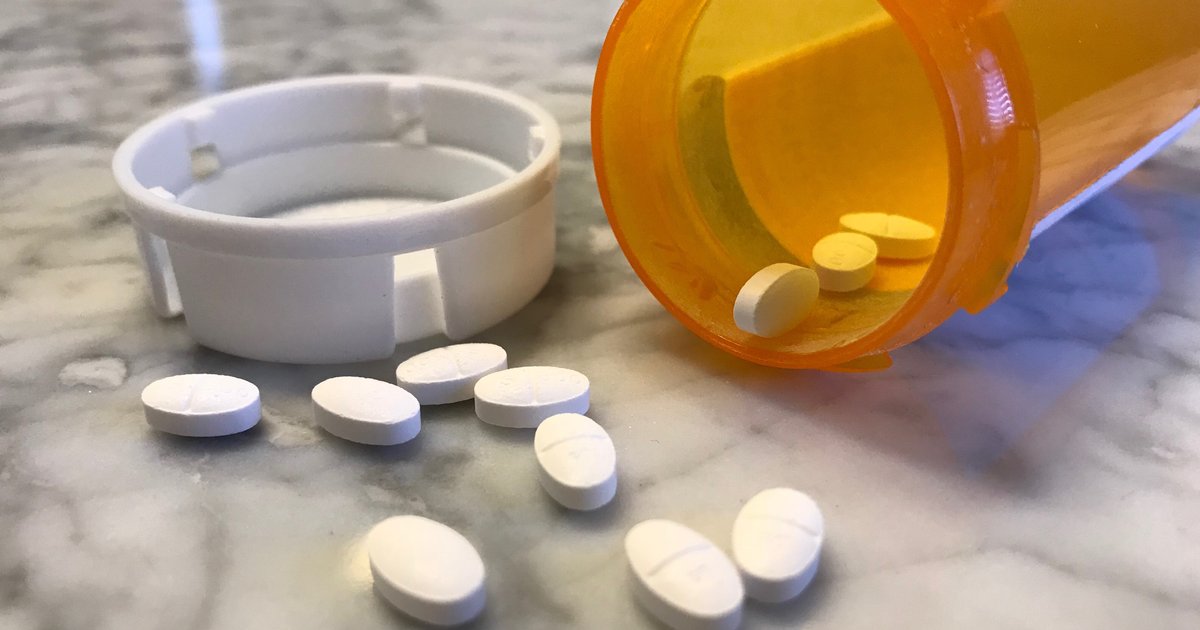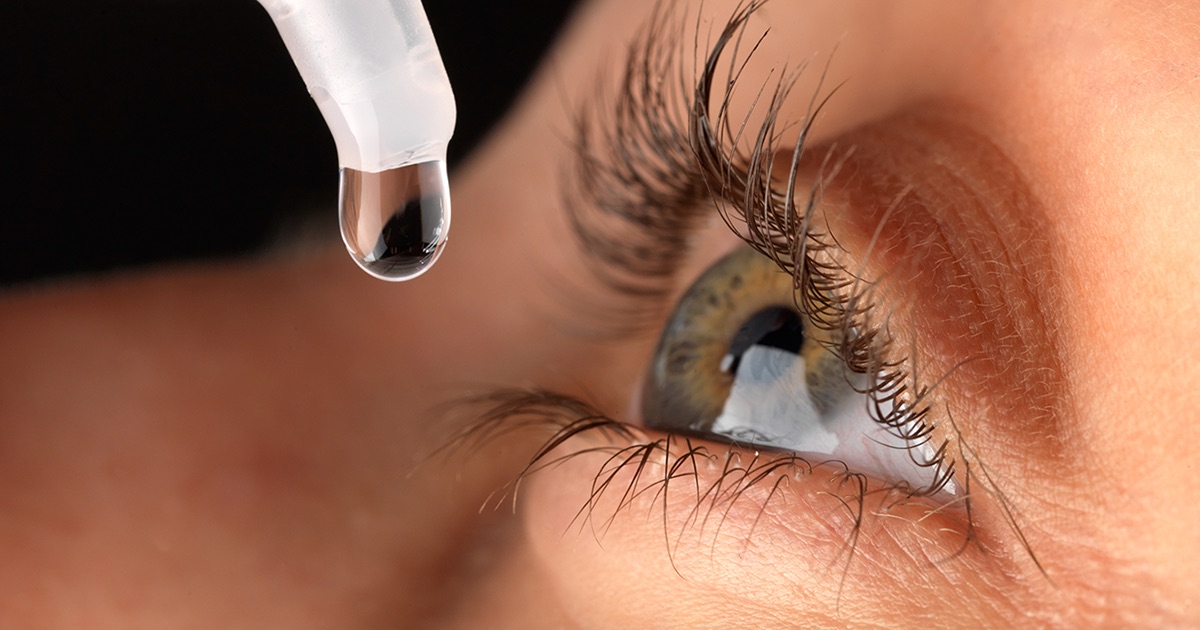Treating And Managing Diabetic Macular Edema
Corticosteroids

Corticosteroids are typically the first line of treatment for patients with diabetic macular edema caused by inflammatory diseases of the eye. These drugs are used to reduce inflammation in the eye, and they can be used as drops for the eyes or as oral tablets. Doctors can also inject them into the eye or the surrounding tissues of the eye. Three types of implants containing steroids are available for use. These provide an extended release of steroids and are placed directly into the eye by an ophthalmologist. To limit side effects, doctors try to use drops or other therapies that administer the steroids directly into the eye instead of oral tablets, as oral medication often has more severe side effects than other methods. Prednisolone acetate, difluprednate, fluorometholone, and loteprednol are some of the most commonly recommended steroid drops. Possible side effects of these drops include blurred vision, cataracts, increased eye pressure, and increased sensitivity to light. Patients may need to take several types of steroids as part of their treatment. Any unusual side effects should be reported to the ophthalmologist who recommended the medication.
Get to know more about how to manage diabetic macular edema now.
Eye Drops

Patients with diabetic macular edema frequently need to use prescription drops for their eyes at home. Depending on their condition's severity, some patients may need to use three to five different types of drops each day. Typically, drops are used in the morning and evening, but some medications may need to be administered three times per day. The most commonly used drops include antibiotics to prevent infection and steroids to reduce inflammation. Patients may also need to use special drops that can lower the pressure in their eyes. When using eye drops, patients may experience temporary burning immediately after placing the drop in their eye, and they may also have blurred vision. Typically, patients will need to continue using drops for several weeks or months, especially if they are recovering from recent eye surgery. Some of the most common drops include beta blockers, prostaglandins, and moxifloxacin (an antibiotic). While using drops, patients will have routine follow-up appointments. A variety of drops are available, and patients should ask their eye doctors about switching to a different drop if they experience bothersome side effects.
Learn more about treating diabetic macular edema effectively now.
